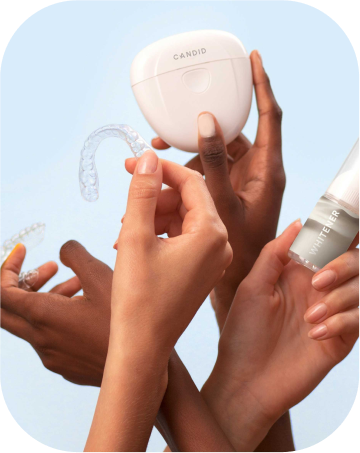


Dental health plays a vital role in our overall well-being, but it is often clouded by misconceptions and myths that can lead to harmful habits and a decline in oral care. These misunderstandings can affect how we take care of our teeth and gums, potentially causing long-term damage. In this article, we’ll tackle some of the most prevalent dental myths, backed by expert insights and scientific findings. Our goal is to clarify these misconceptions and offer practical advice to help you maintain a healthy, confident smile.
The Reality: While it’s true that sugar plays a significant role in tooth decay, it is not the only culprit. The primary cause of cavities is acid produced by bacteria in the mouth, which can be fueled by various types of carbohydrates, not just sugar.
Supporting Data: According to the American Dental Association (ADA), bacteria in your mouth feed on carbohydrates, including sugar, and produce acids that erode tooth enamel, leading to cavities.
Practical Advice: To prevent cavities, it is essential to maintain good oral hygiene, including brushing twice a day, flossing regularly, and visiting a dentist for routine check-ups.
The Reality: Brushing too hard can actually damage your teeth and gums.
Supporting Data: The ADA recommends using a soft-bristled toothbrush and gentle, circular motions to avoid enamel erosion and gum recession.
Practical Advice:Choose a toothbrush with soft bristles and brush gently to effectively remove plaque without causing harm to your teeth and gums.
The Reality: Regular dental visits are crucial for maintaining oral health, even when no apparent problems exist.
Supporting Data:The Centers for Disease Control and Prevention (CDC) emphasize the importance of regular dental check-ups for early detection and prevention of oral health issues.
Practical Advice: Schedule routine dental check-ups every six months, or as recommended by your dentist, to maintain oral health and prevent potential problems.
The Reality: While chewing sugar-free gum can be beneficial for your teeth, it does not replace brushing and flossing.
Supporting Data: A study published in the Journal of Dental Research found that while chewing sugar-free gum can increase saliva flow and help neutralize acids, it cannot remove plaque and food particles like brushing and flossing can.
Practical Advice: Use sugar-free gum as an adjunct to, not a substitute for, regular brushing and flossing.
The Reality: When done correctly, teeth whitening is a safe procedure.
Supporting Data: The American Academy of Cosmetic Dentistry states that professional teeth whitening is safe if done under the guidance of a dental professional.
Practical Advice: If you’re considering teeth whitening, consult with your dentist to ensure it’s done safely and effectively.
Debunking these common dental myths is crucial for maintaining good oral health. By understanding the truth behind these misconceptions and following expert advice, you can take better care of your teeth and gums.